ABERDEEN, S.D. – Few if any people in South Dakota will argue that the state’s vaunted pheasant hunting industry in 2022 is as strong as in the past.
Compared to prior decades, the slow and steady declines are apparent in both license sales and bird numbers and, to some extent, how out-of-state visitors who pump millions into the East River economy plan their trips.
Still, state officials with ties to the pheasant and tourism industries remain optimistic about this year’s season and what the future might hold. Hunters interviewed recently report solid results in the field, and businesses that rely on pheasant hunting revenues are also seeing strong financials so far this season.
While the odds of the glory years returning are long, hunting the state bird is still a popular activity that generates hundreds of millions of dollars into the South Dakota economy each year.
South Dakota remains home to a lucrative but steadily declining pheasant hunting industry that generated nearly $300 million in direct spending in the state in 2016, a majority of that from non-resident hunters.
The state Game, Fish and Parks Department estimates the number of pheasants taken each year by hunters. Last year’s total was roughly 1.07 million. There are no 2022 numbers yet as the season stretches until the end of January, but GFP spokesman Chris Hull said he checks in with businesses on a weekly basis, has been out hunting and has visited with other hunters. Anecdotally, he said, this season is going better than last year when it comes to pheasant numbers.
“I would be shocked if the number wasn’t well over 1 million birds shot,” Hull said of this season.
In 2020, more than 1.1 million pheasants were taken by roughly 121,000 hunters. Those numbers, perhaps aided by the COVID-19 pandemic that left many people looking for more outdoor activities, are higher than they were in 2019, when 111,000 hunters collected about 830,000 birds.
License numbers are also going to be modestly higher again this year, according to GFP statistics. Sales of combination small game/fishing licenses, available only to South Dakota residents, were 48,746 in 2021 and 47,395 through Nov. 16 this year.
There are no numbers yet to track how much pheasant hunters have spent in South Dakota this season. But it is substantial. The overall revenue generated in recent years, according to GFP and South Dakota Department of Tourism numbers, include:
- 2021: $246.8 million
- 2020: Not available
- 2019: $202.4 million
- 2018: $218 million
- 2017: $287 million
Katlyn Svendsen, global media and public relations director for the South Dakota Department of Tourism, said GFP tracks more details about the economic impact hunting has on the state than her office. Tourism numbers in South Dakota are strong and hunting is one reason why, she said.
In 2021, 13.5 million overall visitors to South Dakota spent an estimated $4.4 billion, according to department statistics. For comparison, 13.7 million visitors spent $3.8 billion in South Dakota in 2015.
Svendsen said the reports she is hearing about pheasant hutting are that the season is going well and hunters are having a great time.
In Brown County, pheasant hunting has an economic impact of $12 million to $16 million a year, said Casey Weismantel, executive director for the Aberdeen Convention & Visitors Bureau. That number was down to $8.7 million in 2013 before rebounding, he said.
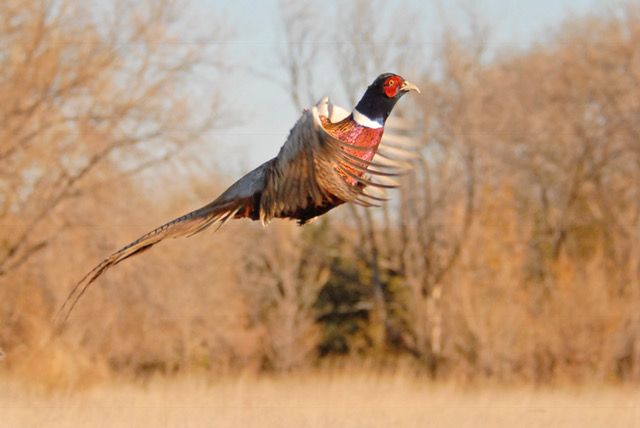
Critical non-residents adapt to changes
Through recent decades, South Dakota has depended more and more on out-of-state hunters, according to GFP data. The last time more hunting licenses were sold to residents than visitors was in 2002, and the number of in-residents has been generally decreasing since then. The low was 47,403 in 2019, before an uptick the past few years.
Falling out-of-state license numbers is also a concern. Between 2014 and 2018, the number of non-resident hunters declined from 79,195 to 69,018, GFP statistics show. In recent years, most out-of-state hunters stay at lodges or outfitters that provide everything from lodging to dogs to land, Weismantel said.
There are still visitors who want to access public land that offer hunting without resort fees. But, he said, more often than not, they prefer a lodge that can guarantee bird numbers.
As the number of businesses that offer those services has grown, the days of knocking on the doors of farmers and asking to walk through their fields have largely fallen away. That can be aggravating for South Dakotans looking for hunting opportunities.
A lodge is where first-time pheasant hunter Mike Larsen of California stayed when he and five friends visited northeastern South Dakota to hunt. They stayed at Doland Hunting Lodge in eastern Spink County.
Larsen said the setup was great, as the lodge even had a spare shotgun for a member of the group who needed one. He said his group shot its limit of 18 pheasants on Nov. 22 and got 10 of a possible 18 the next day, when marksmanship was an issue. Larsen said he saw hundreds of birds even though his gang missed plenty of them.
Return visitors make up the bulk of business at Doland Hunting Lodge, said owner Joe Remily. Hunters return year after year because they enjoy their time, he said. Sometimes wives join their husbands, he said. The lodge is generally booked for much of the season and even offers a couple’s hunt, he said.
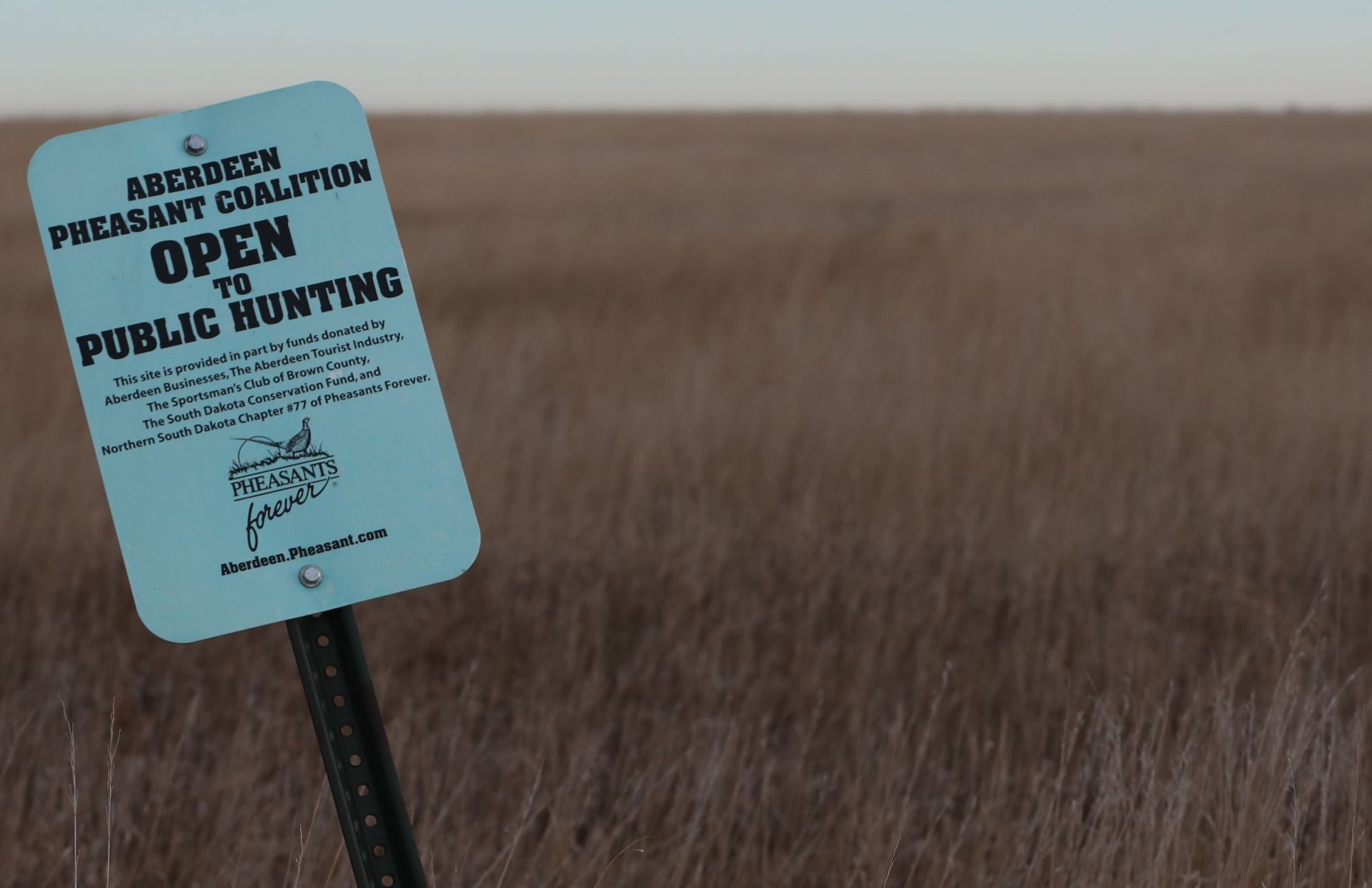
Luring more pheasant hunters to South Dakota
A big part of Weismantel’s job is drawing pheasant hunters to the Aberdeen area, even though he hears complaints that hunting isn’t what it once was. To do that, he visits shows like Pheasant Fest each February in Minneapolis.
“The golden days of pheasant hunting, they’re in the past,” he admitted.
But there remain plenty of good opportunities and birds, he said.
Weismantel said he doesn’t pull any punches as he chats with would-be visitors. He is honest about what he hears concerning pheasant numbers and conditions, and reminds them there is no way to ensure a visiting hunter will get a limit of pheasants or even one bird. But Weismantel can promise those interested in hunting in northeastern South Dakota that there are ample opportunities. And a lot of that, he says, has to do with public land access.
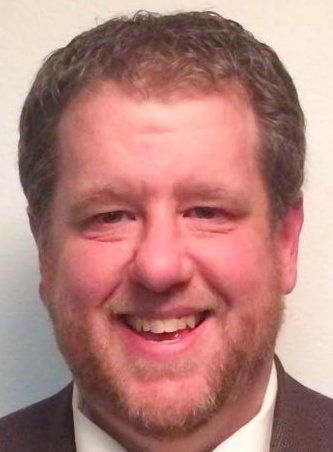
There are visiting hunters who don’t want to pay to stay at a hunting lodge and favor public land, Weismantel said. That land can make for tough walking because of the habitat, but it has pheasants, he said, so some out-of-staters are willing to find a base for lodging and drive 100 miles a day to find accessible land, he said.
For many out-of-state hunters, the experience is more about camaraderie and spending time with friends and family than it is about limiting out in birds, Weismantel said.
Most surrounding states have focused on increasing pheasant habitat and/or releasing birds to increase the population. And all have some kind of survey to track pheasant numbers. South Dakota discounted its summer brood surveys in 2000, which sparked criticism from some who thought the decision was made to hide the decreasing pheasant population.
Discussing the issue can sometimes require thick skin, Hull said, but most folks just want to be heard.
The surveys were not used for management practices, and Hull said there could be hope for people who miss the annual reports.
“I wouldn’t be shocked if it came back, but I also wouldn’t be shocked if it didn’t,” he said.
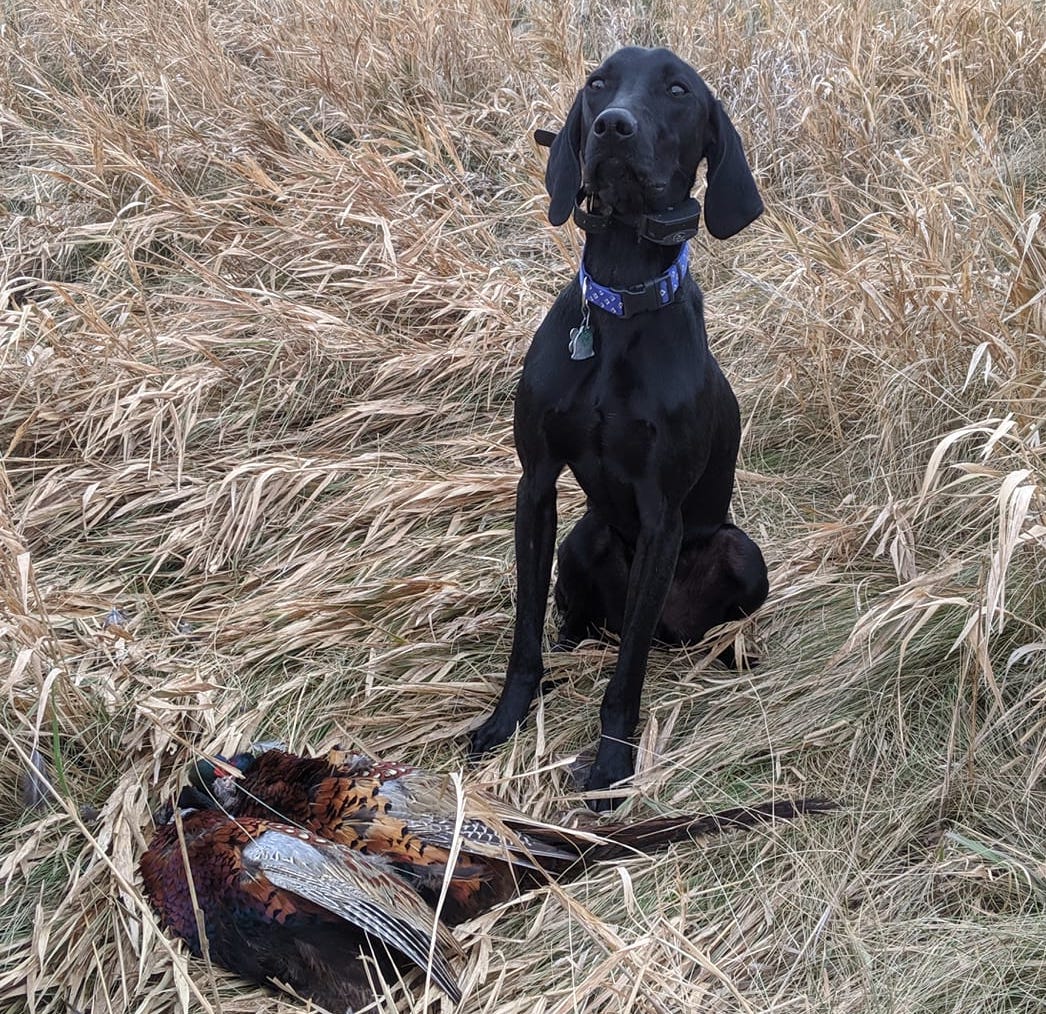
Hunters report positive results
The first Chinese ring-necked pheasants were released in Spink County in 1908, and the first season, a one-day hunt in Spink County, was in 1919.
It turns out the hardy birds didn’t mind South Dakota’s extreme weather. The state bought pheasants in the early years, and the bird population took off.
By 1945, South Dakota had roughly 16 million pheasants, according to numbers tracked by the South Dakota Department of Game, Fish and Parks, and an estimated 7.5 million were harvested that year. An industry was born.
Numbers fluctuated for decades, but have not topped 10 million since 2008. In recent history, 2007 was an exceptional year with an estimated pheasant population of 11.9 million. Some 180,000 licensed hunters gathered about 2.1 million birds, according to GFP statistics. But the number of pheasants and licenses have decreased since then and have become a concern for the state.
Last year, more than 129,000 licenses were issued, with about 1.07 million birds harvested, according to the GFP.
Certainly, things have changed as the generations have rolled by, but that’s not to say hunters aren’t seeing birds.
Ken Hubbart of Aberdeen was out hunting a public walk-in area west of town the Sunday after Thanksgiving. He bagged a bird in 90 minutes of walking with his German shepherd-Weimaraner cross.
Hubbart said he had hunted about 15 times this season, mostly near Aberdeen, but also in the Brookings and Wessington Springs areas. He said he had yet to be skunked. The Thursday and Friday of Thanksgiving week near Brookings, he said he got a couple of birds each day. And during the in-state pheasant opener, which is the week before the traditional opener that draws tens of thousands of visitors to South Dakota, he and his dad got their combined limit of six pheasants that Saturday. The next day, his group of three bagged seven birds out of a combined maximum of nine, again on public land.
Hunting in the Wessington Springs area was a little slower, Hubbart said. There, he hunted on his in-law’s property. But generally, he has hunted in state walk-in areas.
“I’ve been fairly impressed with the public land. You would think it’d get kind of trampled down (as the season goes on), but we’ve been able to scratch out a pheasant or two,” he said after finishing a trip through public land as the sun set on a mild Sunday that capped the holiday weekend.
That day, he said, he saw plenty of birds, but getting near them was a challenge. Some of the public land can make for tough walking, but it also provides excellent cover for pheasants.
Tony Julik, who splits his time between South Dakota, Minnesota and Arizona, said pheasant numbers seem higher this year compared to recent years. He visits South Dakota three or four times each fall to hunt on land he and friends own near Hosmer. There’s no way to know for sure, he said, but there seem to be more pheasants in more places, he said.
He noted that the weather in the past year has been good for pheasants. Across much of northeastern South Dakota, generally mild weather and timely rains have provided good habitat this fall. And, Julik said, it didn’t get too hot during the summer. The heat can kill bugs that young pheasants eat, he said. He didn’t believe an ice storm in the second half of November harmed pheasants because they could find cover.
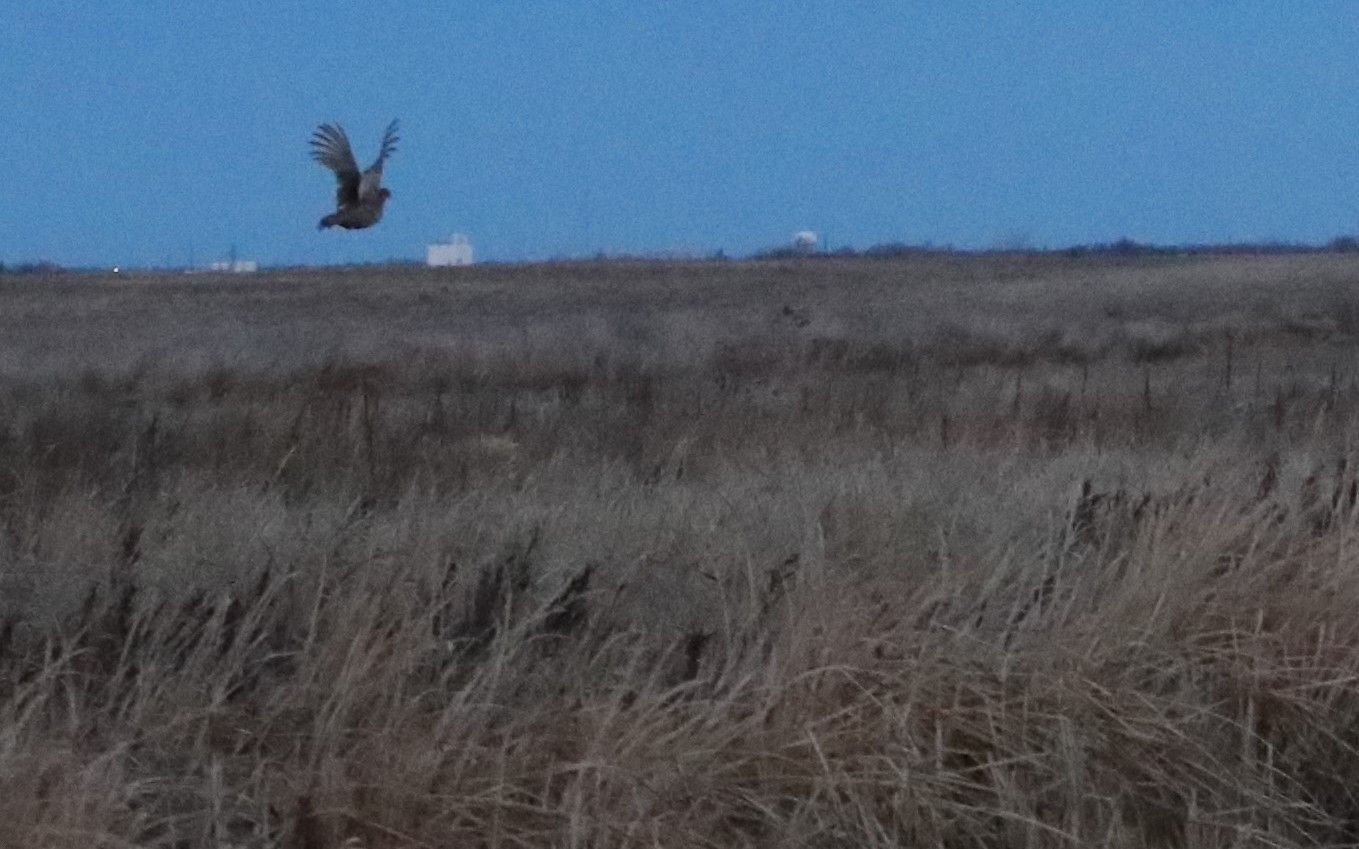
A focus on public land available to hunters
South Dakota is working to gather more public land for hunting, which should mean more pheasants and more hunters, said Hull, communications specialist with GFP.
Habitat is the key to keeping the pheasant industry a strong part of South Dakota’s economy and helping bird numbers increase, he said.
“The discussion starts and ends with habitat. If you have habitat, the birds are going to be there,” Hull said.
Between 2006 and 2012, South Dakota lost 1.8 million acres of grassland, according to an April 2014 study by the South Dakota State University Plant Science Department. Higher returns for corn and soybeans have led to farmers and ranchers breaking the grassland to maximize crop profits.
South Dakota had nearly 1.8 million acres protected under the CRP program in 1994, according to data reported to the state. In the next 20 years, that number dipped to 930,000 acres. By 2019, it had rebounded to 1.1 million acres.
In recent years, GFP has added about 6,000 acres of public land in the James River Valley area in northeastern South Dakota, Hull said. Another similar project will add about 25,000 public acres along the Big Sioux River, he said. It’s part of what’s called the Conservation Enhancement Reserve Program, which offers payments for land in the program that can be used by hunters.
The program offers farmers a chance to get payments for marginal or non-farmable land, Hull said.
CREP improvements are funded, in part, by the habitat stamp approved by the state legislature in 2020. Adult hunters and anglers pay $10 for in-state residents and $25 for out-of-staters. It generated more than $9 million in the first two years, with the money dedicated toward land and water improvements.
Weismantel said there’s also a local program working to improve habitat.
The Aberdeen Pheasant Coalition has gathered money for extra payments to farmers who have land in the Conservation Reserve Program that is open to the public for hunting. Chris Goldade with the coalition said it has 4,000 Brown County acres in the program. No land has been added in the past few years, he said, but as the James River CREP program wraps up, the Aberdeen Pheasant Coalition will again begin raising another $100,000 for its program. The project is a joint effort with Pheasants Forever and local businesses and organizations.
Does 'Pheasant Capital of the World' claim still holds up?
South Dakota has often claim to be the unofficial “Pheasant Capital of the World,” or at least in the United States. Given that the number of birds and hunters have generally decreased, some have questioned the validity of that claim.
However, some data show that while the South Dakota pheasant population is down from what it once was, the state still sits atop the heap when it comes to bird and hunter numbers compared to some other Great Plains states.
South Dakota: In 2020, more than 1.1 million pheasants were taken by roughly 121,000 hunters.
North Dakota: An estimated 47,020 hunters bagged 260,000 pheasants in 2021, according to the state Game and Fish Department.
Minnesota: An estimated pheasant population of 226,679 in 2019 compared to 1.8 million in 1941, according to the Department of Wildlife and Parks.
Iowa: Between 300,000 and 400,000 hunters are expected to harvest about 600,000 pheasants this season, per the state Department of Natural Resources.
Nebraska: The pheasant harvest has been less than 200,000 birds per year for the past decade, according to the Nebraska Game and Parks Commission.
Kansas: Another pheasant hotbed, Kansas has between 110,000 and 150,000 hunters each year, according to the Department of Wildlife and Parks. The annual harvest has ranged between 425,000 and 824,000 since 1990, according to state data.
Montana: Since 2000, an average of 23,862 pheasants have been shot each year, according to the Montana Fish, Wildlife and Parks Department most recent upland bird strategic plan.



